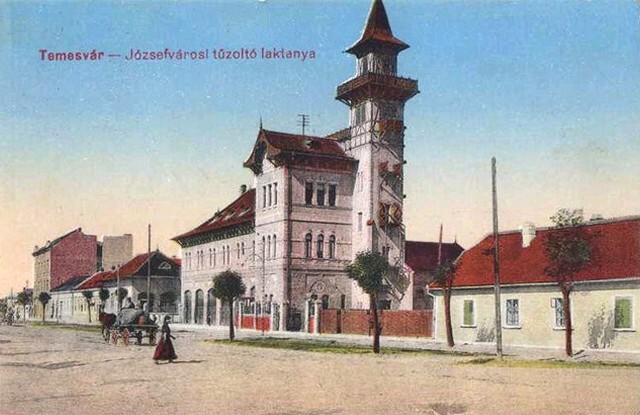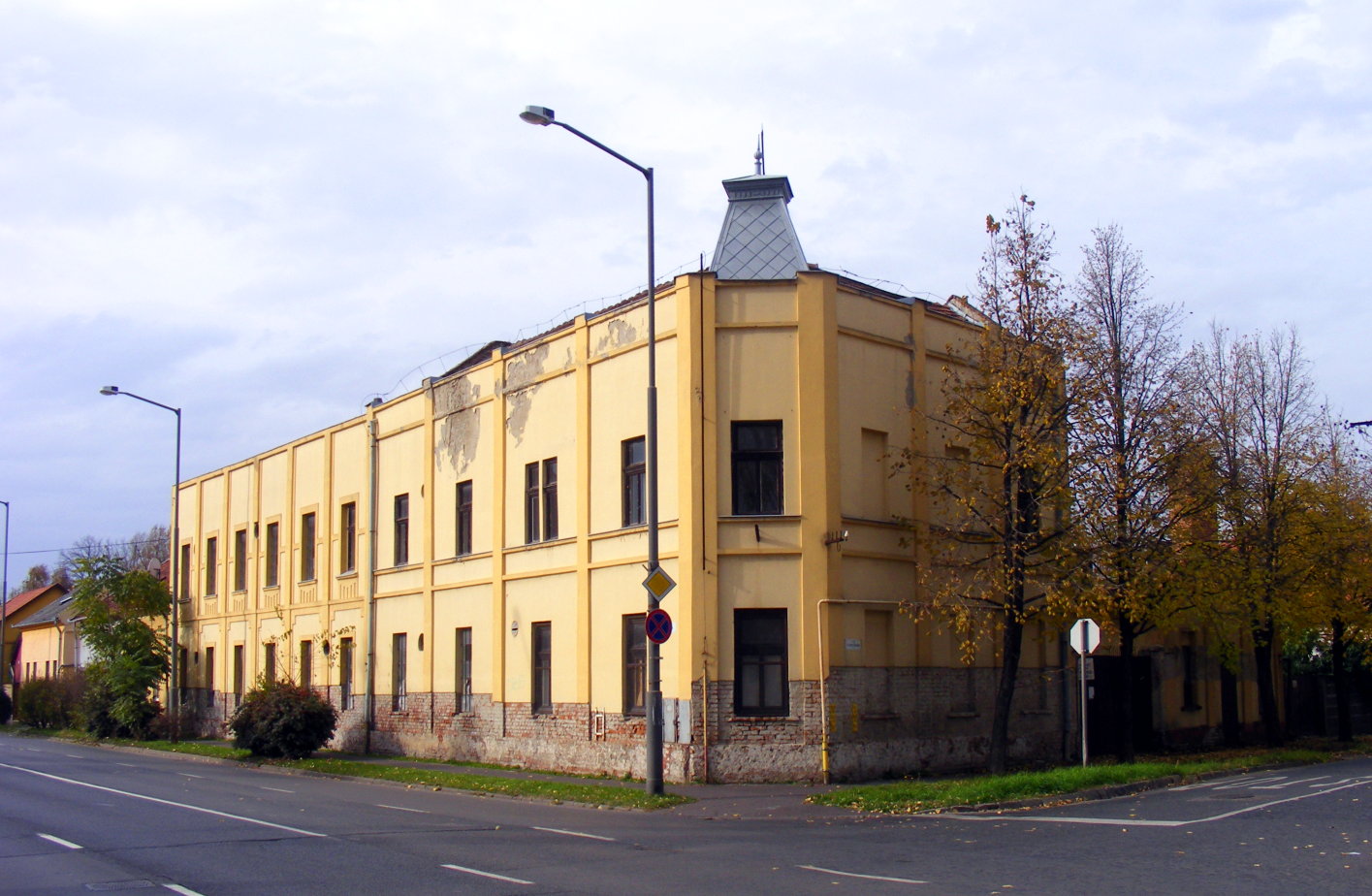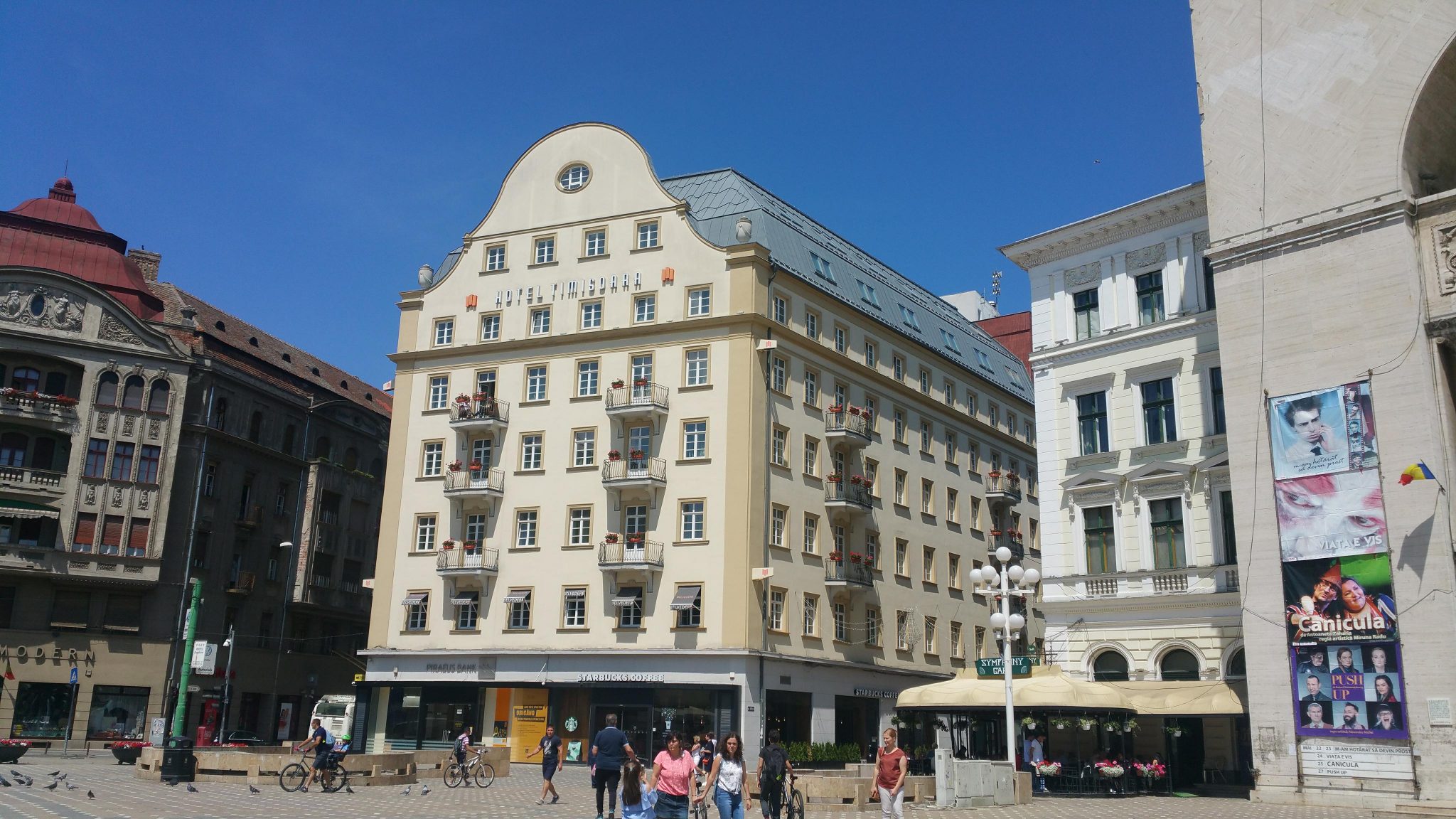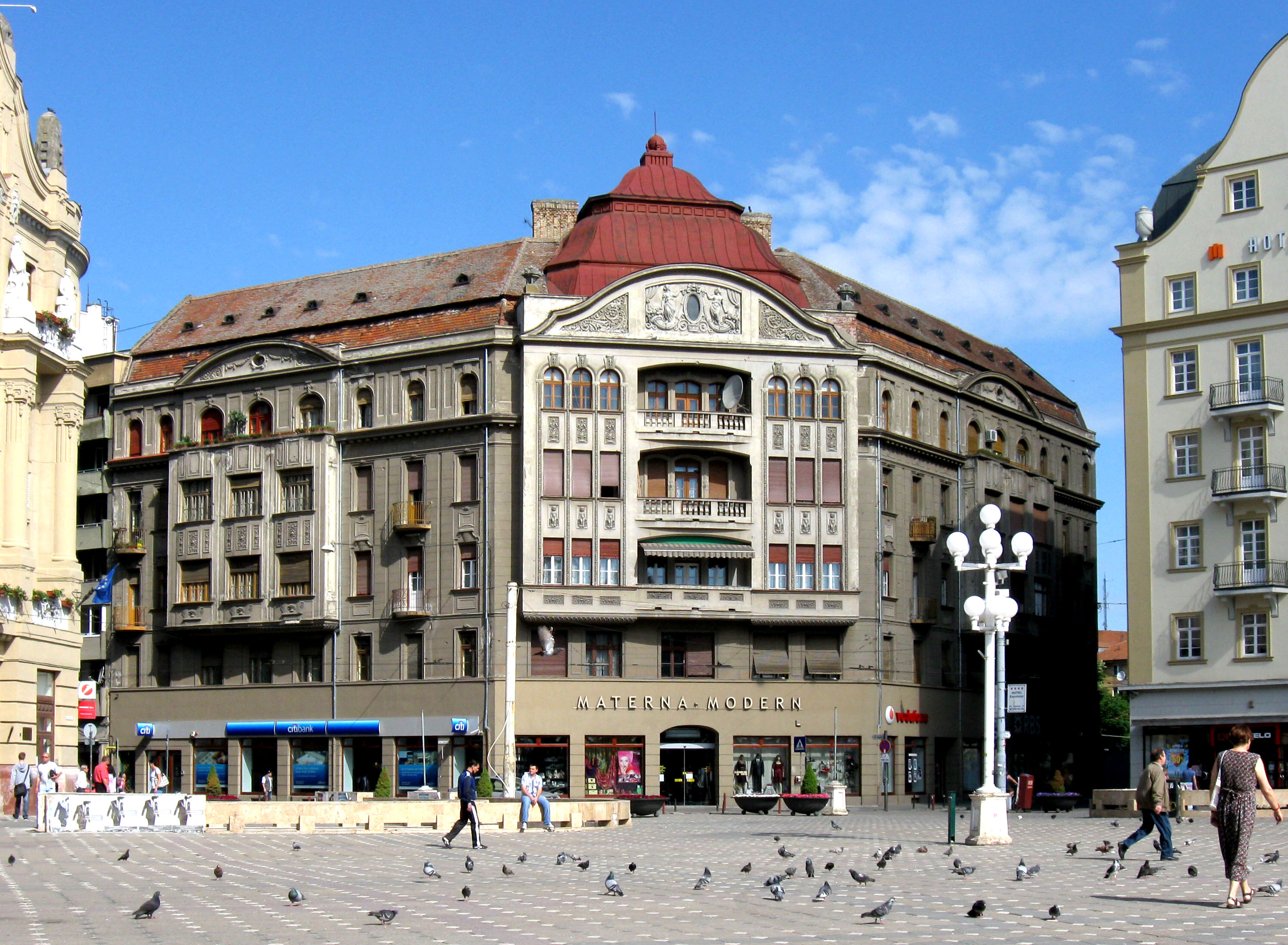Yesterday I was walking through the cemetery in my neighbourhood and I accidentally saw the tomb of Laslo Szekely, a lucrative architect that worked on Timișoara.
I was curious to see just how many buildings he planned and I could find bits here and there, but not an exhaustive list, especially not with good images. So I decided to make a Masterpost myself with everything I could find. If you know of any others, or the stories behind them, please participate by writing in!
These first two I find the most interesting:
 |
| Eerie! |
 |
| Communal Slaughterhouse - Abatorul comunal |
Built in 1905, limited activity in 1989, abolished in 1992. Damaged by disrepair and demolitions.
 |
| Hydroelectric Waterworks Plant - Uzina de apă |
 |
| Motor room |
Built in 1910, the motor room contains Ganz turbines with 600 H.P. It was made for powering the tram service, public lighting and industry, and it is still functional today.
Buildings in the central square Corso (Piața Victoriei):
(more or less in chronological order because I couldn't find the dates for two of them)
Corso means "avenue" or "a social promenade" in Italian. Present in some Mediterranean countries. This is a clue to the Italian influence on the city.
.jpg) |
| Roman Catholic High School Gerhardinum (Piarist High School) - Liceul Piarist |
 |
| Brück House - Casa Brück |
Built 1910, Art-Nouveau and Secession style, eclectic character. Restored in 2012.
 |
| City Asylum Fund Palace - Palatul Fondului Azilului Orășenesc (Palatul Ştefania) |
Built in 1908 in Fabric neighbourhood.
 |
| Fabric Turkish Bathhouse - Baia Publică Neptun |
Built 1913-1914
 |
| Virgin Mary Monument - Statuia Sfânta Maria din Piața Maria |
Built in 1906 on the place where Gheorghe Doja was publicly executed for leading a peasants' revolt against the kingdom's landed nobility, and is now considered a martyr. The execution was performed by sitting the condemned on a smouldering hot iron throne, wearing a heated crown and sceptre, mocking his ambition to be king.
 |
| Hungarian Credit Bank - Banca Generală Maghiară de Credit |
 |
| Emmer House - Casa Emmer |
Built in 1908 in Art Nouveau style.
 |
| Forestry High School - Liceul Silvic |
Built in 1908.
 |
| Firefighters barracks in Iosefvaros - Cazarma Pompierilor din Iosefin (sediul Detașamentul 2 de Pompieri Timișoara) |
Built in 1906, costing 84.000 crowns, the equivalent of 25kg of gold. The watchtower could oversee the entire western part of the city: Josephstadt/Iosefin, Elisabethstadt/Elisabetin, Franzstadt/Mehala.
 |
| Israelite boarding school in Timisoara - Liceul Israelit din Timișoara |
 |
| The Stocking Factory - Fabrica de Ciorapi pre-2015 |
 |
| This tower is what is left of the stocking factory after it was demolished in 2015 to build a Kaufland supermarket in it's place |
 |
| Fabric Orthodox Romanian Church - Biserica ortodoxă română din Fabric |
Houses for his family:
 |
| The Palace of the widow Szekely - Palatul văduvei Szekely |
Built in 1911 in Viennese Secession style with minimalistic modern character for his mother, Jujana Szekely (born. Mados). She was the president of the Reunion of Reformed Evangelical Women in Timisoara.
 |
| Karoly Kiss Palace - Palatul Karoly Kiss |
 |
| Karoly Kiss House - Casa Karoly Kiss |
Both were built in 1911 for Karoly Kiss, the urbanistic engineer which was also Laszlo's brother-in-law. On Splaiul Nistrului.
 |
| Serbian Orthodox episcopal palace in Timisoara - Palatul episcopal sârb din Timişoara |
He also planned the second floor of this building above in 1905-1906, on top of the old one-story byzantine base (from 1745-1747). The ornaments on this building facade were covered with cement during the communist period and were renovated in 2014, discovering that 35 different pattern moulds needed to be used to remake the old ornaments underneath.
In other cities and towns:
 |
| Salonta Town Hall - Primăria Salonta |
 |
| Salonta State High School - Liceul superior de stat Salonta |
 |
| Slaughterhouse of Becicherecul Mare - Abatorul din Becicherecul Mare |
 |
| Knitting factory in Gyula - Fabrică de tricotaje din Gyula |
 |
| Vršac Orthodox Serbian bishopric - Palatul episcopiei ortodoxe sârbe din Vârșeț |
|
Sources: Wikipedia, Heritageoftimisoara, Welcometoromania, Szekely Laszlo (album trilingv - maghiară, română, engleză). Editura Erdelyi Hírado, Cluj, 2002, Delesega Gyula - Temesvari Kalauz, Editura Marineasa, Timișoara, 2003, ISBN 973-631-047-7.









.jpg)


















Comments
Post a Comment